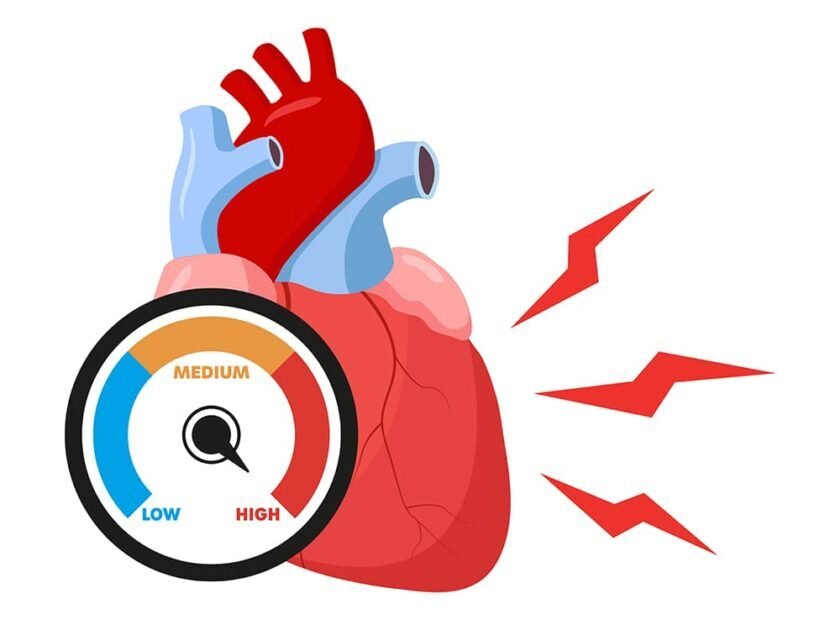Canadian Hypertension 2025 vs. Global Standards: A Comparative Review of AHA and ESC Approaches.
Canadian Hypertension 2025 vs. Global Standards: A Comparative Review of AHA and ESC Approaches.
Comparative Notes :
Compared to the ESC and AHA guidelines, the 2025 Hypertension Canada guideline adopts a lower diagnostic threshold for hypertension, defining it as BP ≥130/80 mm Hg, aligning with the AHA but differing from the ESC, which still uses ≥140/90 mm Hg.
Canada also recommends a universal treatment goal of SBP <130 mm Hg, while AHA sets <130/80 mm Hg and ESC often allows higher targets in elderly or lower-risk patients. Neither Canada nor AHA provides a specific diastolic target, whereas ESC remains flexible but usually emphasizes DBP <90 mm Hg.
Out-of-office BP monitoring (ABPM/HBPM) is strongly emphasized in the Canadian guideline, more so than in the ESC, and on par with AHA. For pharmacologic therapy, Canada clearly favors starting with a low-dose combination (SPC), whereas ESC often begins with monotherapy unless high-risk. Beta-blockers are de-emphasized in Canada and AHA unless there is a cardiac indication, while ESC still includes them more frequently as a first-line option.
In managing resistant hypertension, Canada places spironolactone as the preferred fourth-line agent, based on trial evidence, which is also supported (but less prominently) in the ESC and AHA guidelines.
Uniquely, Canada integrates the HEARTS framework to promote structured, scalable implementation across primary care systems — a population-level approach not embedded in AHA or ESC pathways.
Differences from AHA and ESC Guidelines summary
(with 10 subpoints detailing diagnostic and therapeutic distinctions):
1. Diagnostic Threshold:
• Hypertension Canada 2025 and AHA define hypertension as ≥130/80 mm Hg, based on evidence linking CV risk to even mildly elevated BP.
• ESC retains the traditional threshold of ≥140/90 mm Hg, considering ≥130/80 as “high-normal.”
2. Treatment Initiation:
• Canada and AHA recommend starting drug therapy at 130–139 mm Hg if CV risk is high.
• ESC typically initiates pharmacologic therapy at ≥140/90 mm Hg, with exceptions for very high-risk patients.
3. Treatment Targets:
• Canada recommends a universal SBP <130 mm Hg, with no fixed DBP target.
• AHA recommends <130/80 mm Hg for most patients.
• ESC accepts SBP <140 mm Hg, lowering further (<130 mm Hg) only in high-risk or younger patients; DBP <80–90 mm Hg remains standard.
4. Diastolic BP Guidance:
• Canada and AHA do not require a diastolic target for treatment goals.
• ESC includes a diastolic target of <90 mm Hg and cautions against DBP <70 mm Hg in elderly or CAD patients.
5. Out-of-Office BP Monitoring:
• Canada strongly emphasizes ABPM or HBPM for confirming diagnosis and identifying masked or white-coat hypertension — on par with AHA.
• ESC also supports it but does not prioritize it to the same degree in implementation.
6. Initial Pharmacologic Strategy:
• Canada favors starting with a low-dose combination therapy, ideally in a single-pill combination (SPC).
• AHA also promotes early combination therapy in high-risk patients.
• ESC often begins with monotherapy, unless CV risk is high or BP is >160/100 mm Hg.
7. Role of β-Blockers:
• Canada and AHA discourage β-blockers as first-line unless there’s a compelling indication (e.g., HF, arrhythmia, post-MI).
• ESC includes β-blockers more broadly as acceptable first-line agents.
8. Resistant Hypertension:
• Canada recommends spironolactone as the preferred 4th-line agent (based on PATHWAY-2 trial).
• AHA supports this approach but gives more flexibility.
• ESC also includes spironolactone but does not emphasize it as clearly.
9. Implementation Framework:
• Canada uniquely integrates the WHO-endorsed HEARTS framework, providing practical tools and scalable models for primary care.
• AHA focuses on individual clinical management with less emphasis on system-wide scaling.
• ESC provides extensive evidence-based recommendations but lacks a structured global implementation toolkit like HEARTS.
10. Simplicity and Primary Care Focus:
• The Canadian guideline is tailored specifically for primary care providers, emphasizing practicality, efficiency, and real-world application.
• AHA and ESC guidelines are often more comprehensive and specialist-focused, requiring adaptation for use in frontline clinical settings.
DOI: https://doi.org/10.1503/cmaj.241770
( A new 2025 AHA/ACC High Blood Pressure Guideline is scheduled for publication in late summer 2025. This will reflect the latest evidence and was recently featured at the Hypertension Scientific Sessions 2025 held in Baltimore this September)


